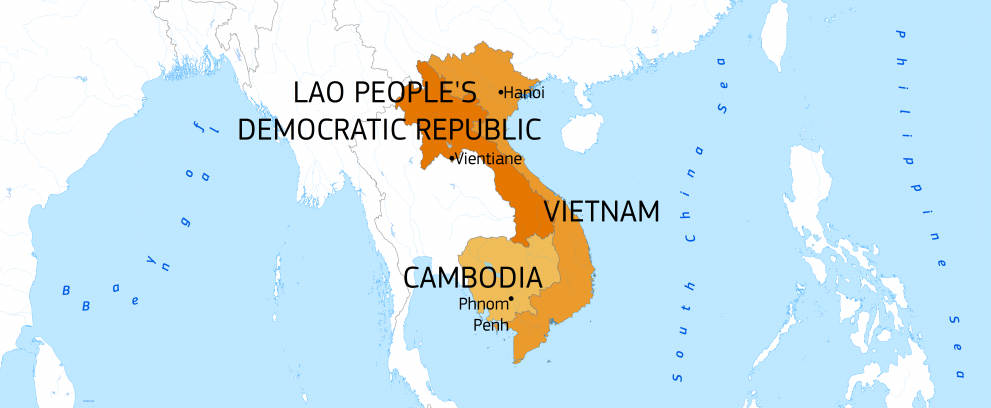Introduction
The southeast Asian countries of Vietnam, Laos, and Cambodia are frequently affected by natural hazards such as floods, droughts, and typhoons.
With most of the population in these 3 countries mainly relying on agriculture, people’s means to earn a living are often impacted by recurrent disasters and irregular seasonal patterns.
In this region, the EU focuses on community resilience and disaster preparedness. When disasters strike, we also support the delivery of emergency relief items such as housing repair kits, hygiene kits, drinking water and unconditional cash grants to the most vulnerable.
What are the needs?
Storms, floods, droughts, and landslides destroy homes and income opportunities and leave communities without shelter, food, or medical assistance. Outbreaks of diseases such as dengue and malaria put an additional strain on local health services.
Providing access to the affected populations living in remote areas can be challenging, especially when road infrastructure is damaged or unsuited for vehicles.
In Cambodia, 90% of the most vulnerable people live in rural areas where seasonal monsoon rains and flash floods cause recurrent and widespread destruction.
In neighbouring Laos, dam construction, deforestation, and illegal logging make people more vulnerable to recurring natural hazards. Disasters also take place against a background of economic vulnerability, especially in rural and inaccessible mountain areas.
With its long coastline, Vietnam is frequently battered by tropical cyclones and storms. While the local capacity to respond to natural hazards has improved during the last decade, emergency support is at times needed whenever large-scale disasters strike.

How are we helping?
Since 2021, the EU has committed close to €12 million to support disaster preparedness programmes in several countries across Asia and the Pacific. Part of this funding has been dedicated to strengthening disaster preparedness in Vietnam, Laos, and Cambodia.
These programmes aimed to reduce the risk of vulnerable people being affected by natural hazards and improve local and national response capacities. They also explored new financing systems, disaster prevention and preparedness actions or initiatives to strengthen social protection.
EU humanitarian funding ensures that vulnerable communities and national institutions are equipped with means to anticipate, prepare for, and respond to, various humanitarian crises, including public health emergencies.
The EU also funds humanitarian assistance to address the needs arising from disasters in the region. For example, through unconditional cash transfers to help flood-affected families cover their basic needs and access clean water and sanitation facilities.
In September 2024, following the passage of typhoon Yagi, the EU released €650,000 in emergency funding for Vietnam and €150,000 for Laos.
Since 2009, the EU’s total humanitarian aid to Vietnam, Cambodia, and Laos exceeded €43 million.
Last updated: 03/03/2025

